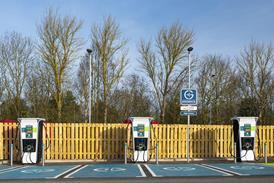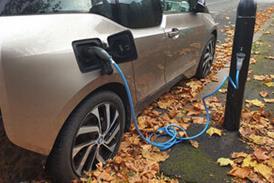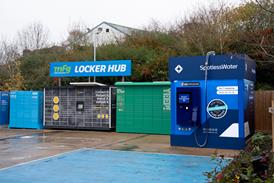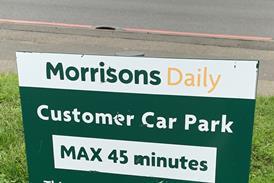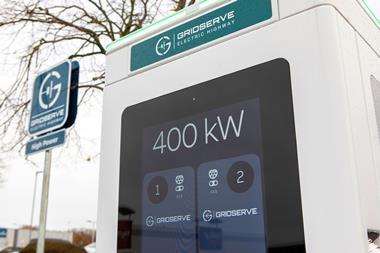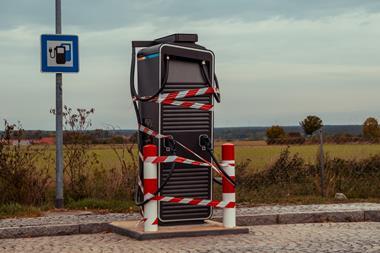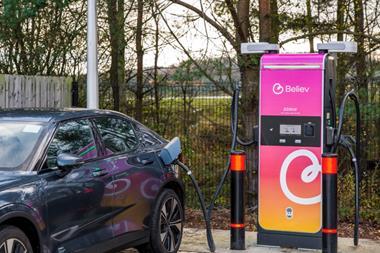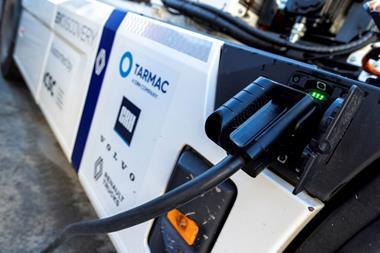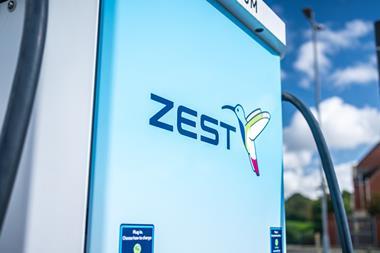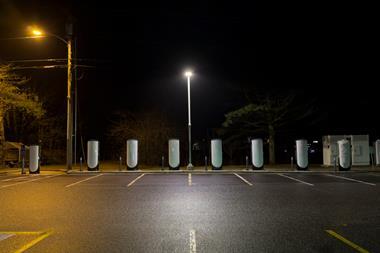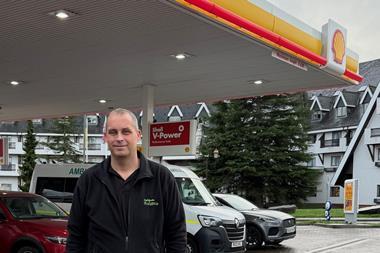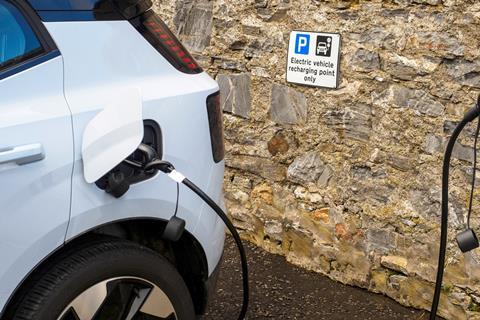
The UK’s chargepoint rollout is being hindered because it is slower and more expensive than it needs to be for chargepoint operators to get planning permission and electricity grid connections.
So says a new report from the National Audit Office (NAO), which also found that just 15% of EV chargepoints in England are in rural areas
The report says the UK is currently on track to meet the minimum 300,000 chargepoints needed across the country by 2030, but the government faces challenges to address the location of them, their accessibility and wider barriers such as planning rules.
The NAO says more needs to be done to ensure that there is adequate chargepoint coverage outside London and the South-East and that the rollout meets the needs of drivers with disabilities.
There are also wider barriers to chargepoint installation that are hindering progress, such as the cost and time needed to receive planning permission and electricity grid connections.
As of July 2024, 64,632 EV chargepoints had been installed. This is in line with projections made by the Department for Transport (DfT), through the Office for Zero Emissions Vehicles (OZEV), a team working across government supporting the transition away from petrol and diesel. DfT anticipates that its local chargepoint programme and continued growth in private installations will support the trajectory needed to reach 300,000 by 2030.
The NAO says that while the overall number of chargepoint installations is on track, the estimate does not account for where chargepoints should be installed. This has created a regional divide; 44% of public chargepoints in the UK have been installed in London and the South-East, while only 15% of chargepoints in England are in rural areas. London has more chargepoints installed per capita than any other region.
DfT established the local EV infrastructure (LEVI) programme to support local authorities in rolling out chargepoints: a £450m fund running between 2022-23 and March 2025. Through LEVI, DFT is supporting more local authorities to install chargepoints, and currently forecasts the programme will install of at least 100,000 chargepoints. But the programme has faced delays, owing to local authority plans taking longer to develop than DfT expected and an established procurement route proving no longer feasible. Consequently, local authorities may need further government support beyond the current programme end date.
The location of chargepoints is also an issue along the strategic road network: motorways and major A-roads. While the number of rapid and ultra-rapid chargepoints installed along the strategic road network has exceeded DfT’s expectations, there are stretches of A-roads which don’t have sufficient chargepoints. In 2020, the government announced an aim for six ultra-rapid chargepoints at every motorway service area in England by 2023, anticipating that the private sector would be able to achieve this. As of July 2024, 62% of service areas have met this.
In response, to planning permission and grid connection problems, the government is working with stakeholders to streamline planning and connection processes where possible, and is considering more fundamental reform, including looking at rules around highway consents and gaining landowner permissions for development.
The NAO says consumers have numerous concerns over using public chargepoints, which government has put in place regulation to address. These concerns include complexity in using chargepoints, with operators having different ways to pay; pricing being unclear or unduly expensive; and malfunctioning or inoperative chargepoints. It is still too early to say whether OZEV’s regulatory intervention has helped, as many of its requirements only came into force from November 2024.
Drivers with disabilities have been left behind in the rollout to date; many chargepoints – and their surrounding environments – have features that make them inaccessible. These include chargepoints placed on kerbs, with nearby obstructions, or those closely spaced together, presenting difficulties for wheelchair users. DfT said in its 2018 inclusive transport strategy that the Equality Act 2010 was applicable to the provision of chargepoints and co-sponsored the creation of a standard which specifies minimum requirements for chargepoint accessibility. However, industry and local authorities have reported further clarity is needed on compliance with this standard, and DfT has established a technical group to address these issues.
Melanie Shufflebotham, co-founder and COO, Zapmap, responding to the report, says: “Zapmap’s latest annual survey showed that 61% of EV drivers think the charging network has improved, but there were still concerns as have been identified in this latest report.
“Over the past couple of years there has been a significant leap forward in the number of chargepoints available to EV drivers, particularly the crucial ultra-rapid chargers and charging hubs to support EV drivers on longer journeys. These are quite well-spread across the country too while the slower local chargers, important for drivers who can’t charge at home, is where we see the issue of geographical concentration. Having access to charging at a local level is essential for an equitable transition to electric vehicles and the LEVI fund has been put in place to help deliver this, but as the NAO has identified delays remain.
”The UK’s EV charging network has seen transformational growth, but more still needs to be done to ensure it is fairer for drivers regardless of where they live.”
Cllr Adam Hug, transport spokesperson for the Local Government Association, adds: “It is great to see progress on EV chargepoint rollout is on track with councils making a significant contribution to this, despite facing severe funding pressures.
“Certainty and scale of future funding for councils will ensure we help maintain this progress towards the 2030 target.
“Local circumstances, including demand and geography will shape where EV chargepoints and supporting infrastructure are located. Where there is competing demand for road space, resources and other priorities, councils will continue working to find the best solutions for everyone.”

